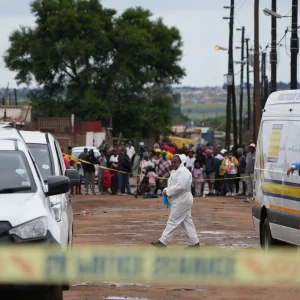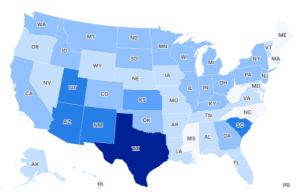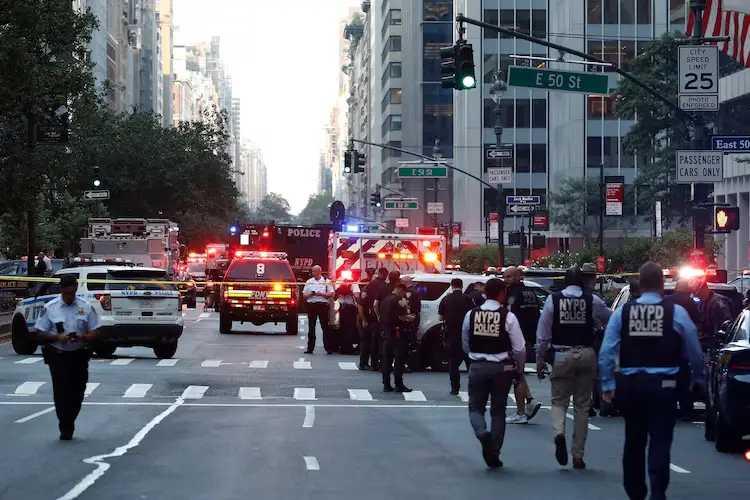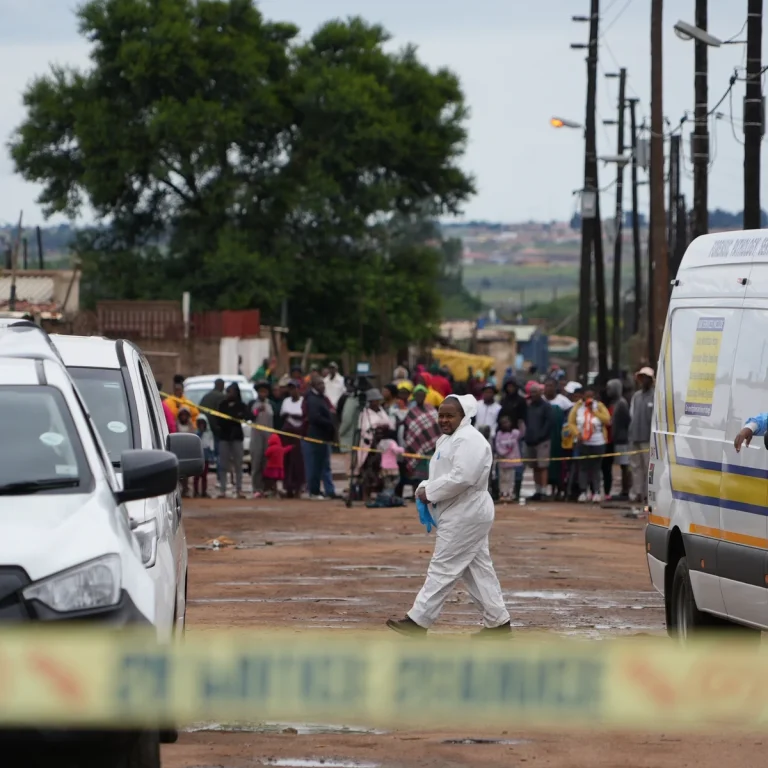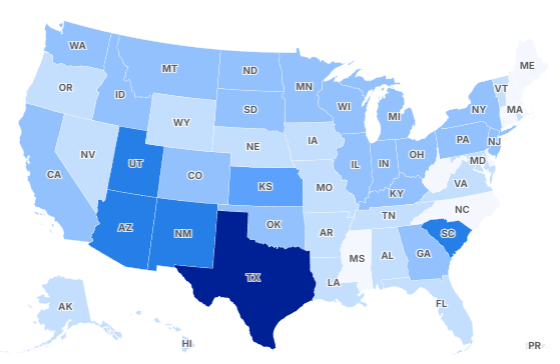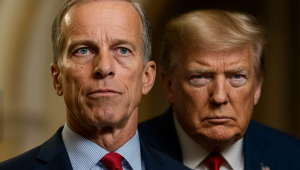Manhattan Office Building Shooting: Gunman Targeting NFL Headquarters Takes Wrong Elevator, Kills Four
A devastating shooting at a prestigious Manhattan office building on Monday evening has revealed the tragic consequences of mental illness and potential sports-related brain injury, as investigators piece together how a former high school football player’s misdirected attack left four people dead, including a heroic police officer.
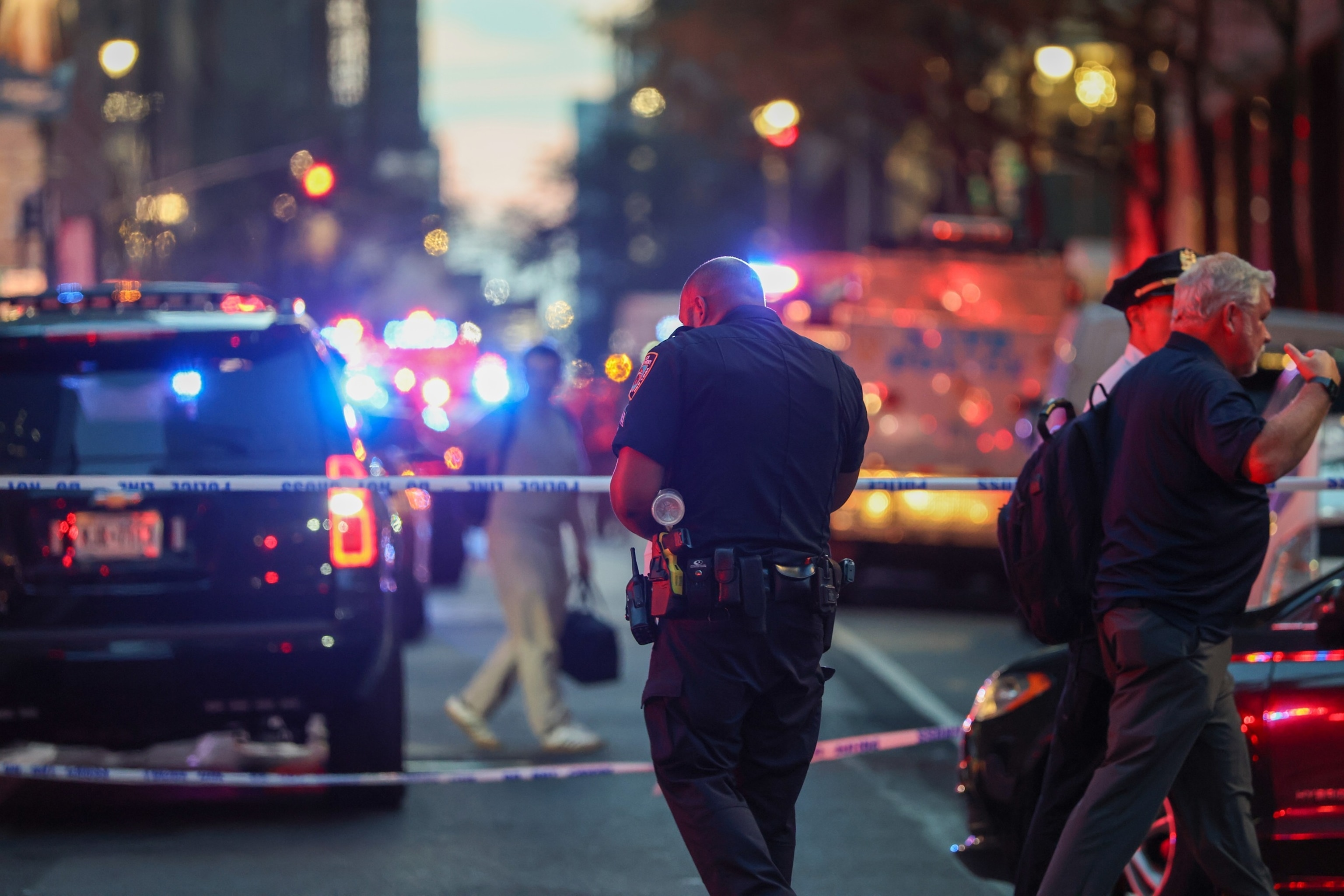
The incident, which unfolded at 345 Park Avenue on July 28, has sent shockwaves through both the corporate world and law enforcement community. What investigators initially believed to be a random act of workplace violence has emerged as a calculated, though ultimately misdirected, attack specifically targeting the National Football League’s headquarters. The revelation that the gunman took the wrong elevator during his assault has highlighted both the randomness of the victims and the specific nature of his grievances.

The Attack: A Case of Deadly Misdirection
According to New York City Mayor Eric Adams, the gunman’s fatal error fundamentally altered the trajectory of what was already planned as a devastating attack. Shane Tamura, a 27-year-old Las Vegas resident, had traveled across the country with the specific intention of targeting NFL headquarters, but his unfamiliarity with the building’s layout led to a tragic case of misdirected violence.
“He seemed to have blamed the NFL,” Mayor Adams explained during Tuesday interviews. “The NFL headquarters was located in the building, and he mistakenly went up the wrong elevator bank.” This crucial detail has reshaped investigators’ understanding of both the attack’s motivation and the random nature of the victims who found themselves in the wrong place at the wrong time.
The 41-story skyscraper at 345 Park Avenue houses multiple high-profile tenants, including the NFL headquarters, Blackstone (one of the world’s largest investment firms), and offices of the financial services firm KPMG. This concentration of major corporate entities in a single building made it a significant target, though Tamura’s specific focus on the NFL meant that other tenants became unintended victims of his misdirected assault.
Chronology of Violence: From Parking to Tragedy
Surveillance footage has provided investigators with a detailed timeline of the attack’s progression. The video shows Tamura exiting a double-parked BMW just before 6:30 PM, carrying an M4 rifle with obvious intent. His methodical approach across the public plaza and into the building suggests careful planning and reconnaissance of the location.
Police Commissioner Jessica Tisch provided a comprehensive account of the violence that followed. Upon entering the building, Tamura immediately began firing, targeting a police officer working a corporate security detail. The officer’s position near the entrance made him one of the first casualties as Tamura began his systematic assault on the building’s occupants.
The gunman then turned his attention to other individuals in the lobby, hitting a woman who attempted to take cover as he sprayed the area with gunfire. This indiscriminate shooting pattern in the lobby area demonstrates the random nature of the violence that would characterize much of the attack.
Moving toward the elevator bank, Tamura shot a security guard at his desk before targeting another man in the lobby area. His progression through the building’s common areas left multiple casualties before he even attempted to reach his intended target on the upper floors.
The Wrong Floor: Unintended Victims
Tamura’s critical navigation error occurred when he entered the elevator system. Instead of reaching the NFL offices, he arrived at the 33rd floor, which houses the offices of Rudin Management, the company that owns the building. This mistake proved fatal for at least one employee of the property management firm, whom Tamura shot and killed before ultimately taking his own life.
The random nature of this particular casualty underscores the tragic consequences of workplace violence, where innocent individuals become victims simply due to their proximity to a disturbed individual’s intended target. The Rudin Management employee had no connection to Tamura’s grievances against the NFL, yet became a victim of the gunman’s misdirected rage.
The Victims: Lives Cut Short
The human cost of this tragedy extends across multiple professions and backgrounds, reflecting the diverse nature of the building’s occupants and security personnel. Officer Didarul Islam, 36, has been identified as the NYPD officer killed in the attack. An immigrant from Bangladesh who had served as a police officer in New York City for more than three years, Islam represents the dedication and sacrifice of law enforcement professionals who put themselves at risk to protect others.
“He was doing the job that we asked him to do. He put himself in harm’s way. He made the ultimate sacrifice,” Commissioner Tisch said during a news conference. “He died as he lived. A hero.” Islam’s death has particularly impacted the law enforcement community, as he was working a corporate security detail when he encountered Tamura’s assault.
Blackstone, the global investment firm, confirmed that one of its employees, Wesley LePatner, was among those killed in the attack. LePatner served as a real estate executive at Blackstone and had an impressive professional background, having spent more than a decade at Goldman Sachs before joining Blackstone in 2014. His death represents a significant loss to both his family and the financial services community.
The other victims have not yet been publicly identified, as authorities continue working with families and gathering necessary information for their investigation.
The Motive: CTE Claims and NFL Grievances
Perhaps the most significant aspect of this case involves the handwritten note found on Tamura’s body, which provides crucial insight into his motivations and mental state. According to two people familiar with the investigation who spoke to the Associated Press, the note contained rambling references to chronic traumatic encephalopathy (CTE), the degenerative brain disease linked to concussions and repeated head trauma common in contact sports.
In the note, Tamura claimed he had been suffering from CTE and requested that his brain be studied after his death. The document also specifically referenced the National Football League, suggesting that he held the organization responsible for his alleged condition and subsequent mental health struggles.
Investigators have confirmed that Tamura played football during his high school years in California, though this occurred nearly two decades ago. The extended time period between his athletic participation and his violent actions raises important questions about the long-term effects of sports-related head injuries and their potential connection to mental health deterioration.
Police have noted that Tamura had a documented history of mental illness, though the specific nature and extent of his psychological struggles have not been fully disclosed. The combination of mental health issues and his unsubstantiated CTE claims appears to have created a dangerous mindset that ultimately led to his decision to target the NFL.
Investigation and Evidence Analysis
Law enforcement officials are conducting a comprehensive investigation into all aspects of the attack, including Tamura’s background, his journey from Las Vegas to New York, and the planning that went into his assault. The fact that he traveled across the country specifically to target the NFL headquarters indicates significant premeditation and suggests that this was not an impulsive act.
Investigators are particularly interested in understanding how Tamura obtained his weapon and whether he had any assistance in planning the attack. The M4 rifle used in the assault represents a significant firearm that would have required careful acquisition and transportation across state lines.
Digital forensics teams are likely analyzing Tamura’s electronic devices and online activity to understand his research into the building’s layout, his planning timeline, and any communications that might shed light on his mental state leading up to the attack.
Broader Implications for Corporate Security
This incident has raised important questions about security measures at high-profile office buildings, particularly those housing major corporate headquarters. The fact that Tamura was able to enter the building armed with a rifle and begin shooting immediately upon entry suggests potential vulnerabilities in current security protocols.
The presence of an off-duty police officer working corporate security highlights the challenges facing even well-protected buildings when confronted with determined attackers. While security measures can deter and delay attacks, they cannot always prevent individuals who are willing to engage in direct confrontation with armed security personnel.
Mental Health and Sports Safety Concerns
The potential connection between Tamura’s football participation and his later mental health struggles has reignited important conversations about the long-term consequences of contact sports. While CTE can only be definitively diagnosed through post-mortem brain examination, Tamura’s claims about suffering from the condition reflect growing awareness of sports-related brain injuries.
Medical experts emphasize that the vast majority of former football players, even those who suffered concussions, never engage in violent behavior. However, cases like this underscore the importance of ongoing research into the long-term effects of head trauma and the need for comprehensive mental health support for former athletes.
Community Response and Moving Forward
The attack has profoundly impacted multiple communities, from law enforcement and corporate employees to the broader New York City area. The random nature of some of the victims, combined with the specific targeting of the NFL, has created a complex tragedy that resonates across different sectors of society.
As the investigation continues, authorities are working to understand how similar attacks might be prevented while honoring the memory of those who lost their lives in this senseless act of violence. The courage displayed by Officer Islam and the innocent lives lost serve as reminders of both human heroism and the devastating consequences of untreated mental illness combined with access to weapons.

Emily Johnson is a critically acclaimed essayist and novelist known for her thought-provoking works centered on feminism, women’s rights, and modern relationships. Born and raised in Portland, Oregon, Emily grew up with a deep love of books, often spending her afternoons at her local library. She went on to study literature and gender studies at UCLA, where she became deeply involved in activism and began publishing essays in campus journals. Her debut essay collection, Voices Unbound, struck a chord with readers nationwide for its fearless exploration of gender dynamics, identity, and the challenges faced by women in contemporary society. Emily later transitioned into fiction, writing novels that balance compelling storytelling with social commentary. Her protagonists are often strong, multidimensional women navigating love, ambition, and the struggles of everyday life, making her a favorite among readers who crave authentic, relatable narratives. Critics praise her ability to merge personal intimacy with universal themes. Off the page, Emily is an advocate for women in publishing, leading workshops that encourage young female writers to embrace their voices. She lives in Seattle with her partner and two rescue cats, where she continues to write, teach, and inspire a new generation of storytellers.
